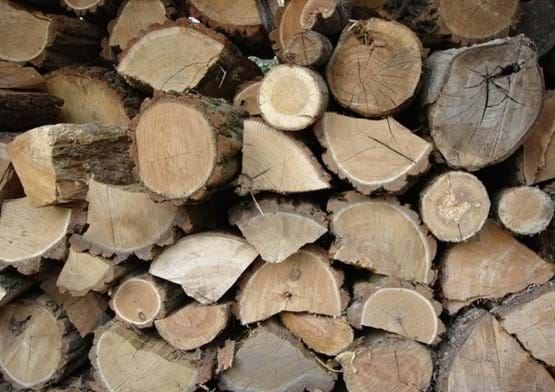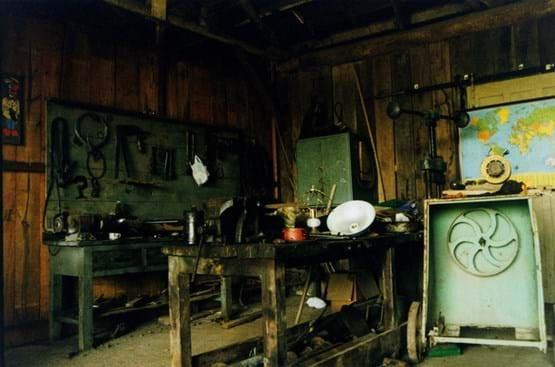Spiders: The Helpful Hunters
Spiders are beneficial creatures. Because they feed on large quantities of insects, they should be tolerated as much as possible in the home and garden. Spiders are not insects. They are classified as “arachnids” and have eight legs. Insects have six legs.
Few spiders are dangerous
There are over 3,000 species of spiders in the U.S. and only a small number of these are dangerous to people. In Idaho, there are only a few spiders that cause concern for people and most can be dispatched with physical control methods.

Case of Mistaken Identity
People often think they have been bitten by a spider when the culprit is actually a flea, tick, mite, clothing irritation or possibly a skin disease. Very few spiders are equipped with mouth parts that can pierce human skin. If the bites you are discovering are small, mild, and disappear within a day or two, there is probably nothing to be concerned about. Of course, if a bite site enlarges or affects a large area, is very painful, and/or is followed by dizziness, fever, nausea, or any other severe symptoms, seek medical advice immediately. Try to capture the offending spider, drop it into a small jar of rubbing alcohol, and save it for identification.
What can I do?
Harmless or not, the presence of spiders or their webs in the house is upsetting for many people. Unfortunately, spider webs are often associated with poor housekeeping, under the mistaken assumption that a “clean” house harbors no insects or spiders at all. On the contrary, spiders can be an asset to the conscientious housekeeper since they capture and consume many pest insects before the human residents ever see the pests.
Inside your home
Vacuum them up instead of spraying inside the house for spiders. If you cannot endure spiders or their webs in your home, the easiest and safest way to get rid of them is to vacuum up both spiders and webs. The dust inside the vacuum bag will quickly suffocate any spiders you catch. Make a periodic check of the areas where you most often find the eight-legged creatures which routinely will be around doors, windows, wall-ceiling corners and in bathrooms (where they are looking for water or the insects that are coming to the water).
Get rid of webs. If you’re willing to share your house with a few spiders, you can periodically vacuum up webs that are eyesores or embarrassing to you as a housekeeper. Leaving the spiders will allow them to continue to do their pest control work.
Take spiders outside. Catch spiders in a container, cover the container with a piece of paper, and release them outside.
Keep spiders out of the house. Caulk cracks and crevices. Install screens on windows and doors. Remove accumulations of old boards and other materials from close proximity of the house.
Reduce their food supply. What are those spiders eating — fruit flies? Try storing ripening fruit in paper bags that are folded over twice and sealed with a large clip. Are they feasting on the insects attracted to a porch light? Try a yellow bulb. Are houseflies the spider’s treat? Install screens on windows and doors and keep your garbage in closed containers.
Outside your home
Don’t spray your garden or around the outside of your house to kill spiders. Outdoors, spiders are providing a very useful pest control service. Leave them to do their job. If a spider infestation occurs, first check the premises to see what is creating the attraction to the spiders at your location (if you control that situation you will control the spiders). If necessary consult your county agricultural extension educator, consultant or internet resources for additional information. Outdoor spider barrier sprays may be applied (recommend contacting a professional pest control operator) in an effort to repel these occasional home intruders.

Where are most spiders found?
- Usually (but not always) near the ground
- Dark, dry, protected crevices in and around buildings
- Lower portions of seldom-used cupboards, closets, or other dark, dry storage areas
- Woodpiles, lumber piles, or rock piles
- Stacked patio furniture, flower pots, or baskets
- Rodent burrows
- Water meter boxes
- Irrigation control boxes
Dangerous Spiders in Idaho
The potentially dangerous spiders in Idaho vary in behavior and distribution. Black widows can be identified by their shiny black color, elongated upper body, and large bulbous sac forming the lower portion of their body. Female black widows sport a characteristic red hourglass-shaped mark on the underside of their abdomens and they are the only ones that contain venom. Black widow spiders are usually found around door frames, well house covers, and other openings in which they build their webs to trap insects as they move indoors for shelter or water. Many times as doors are opened the action will tear the web structure and the spider will fall on a single strand of webbing into the pathway of whoever opened the door, this situation usually initiates a strong response from the person to the apparent spider attack. These spiders usually move slowly and can be physically dispatched with whatever is handy. Ordinarily, the black widow spiders are reluctant to bite people. They spend their lives in their webs waiting for prey. They do not go out hunting.
The hobo spider is known to be an occasional home invader and can be observed in homes primarily in the spring as they seek mates and in the fall looking for shelter. They are floor dwellers for the most part but will climb up bedding, clothes or other materials that touch the floor. If one gets into the habit of making the bed and shaking out clothing that has been on or touching the floor before putting it on will avoid pinching the spider between the clothing and the skin and the subsequent bite response. This spider is also known as the aggressive house spider and, due in part to its poor eyesight, it is quick to respond to perceived threats. These spiders are quick moving and a closed container maybe needed to extract this one from the house. These spiders are not aggressive and they are rarely encountered by people.

How to avoid bites from black widows or hobo spiders
- Wear gloves to clean up garages, debris, or woodpiles outside, and relatively undisturbed storage areas and piles of clutter inside.
- If you live in an area where these spiders are common, check your bed before getting in, don’t leave clothing on the floor, and shake out your shoes before putting them on.
- Teach children not to tease spiders in their webs or to poke bare fingers into dark cracks and crevices.
- Always pay attention to where you place your hands.